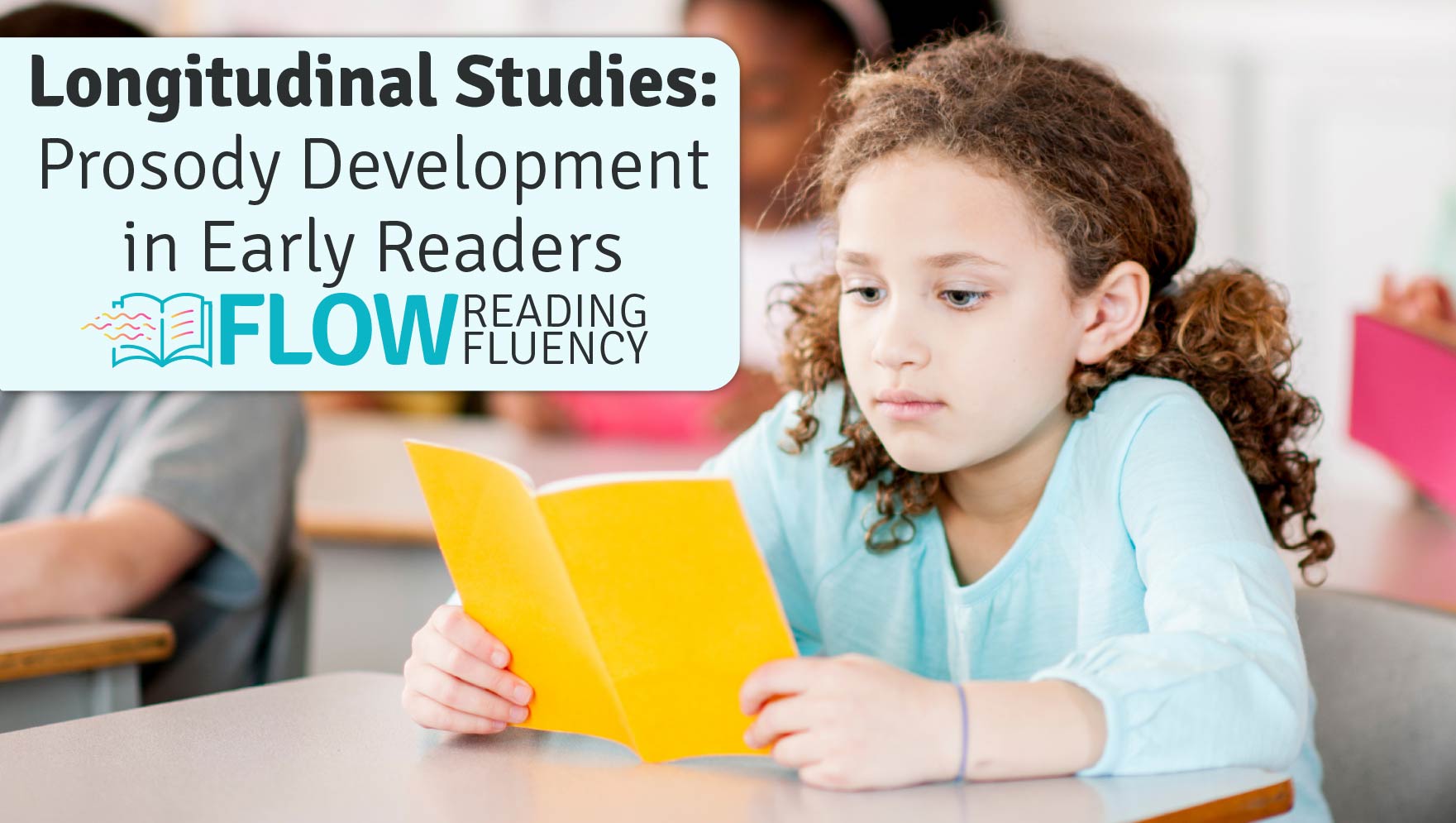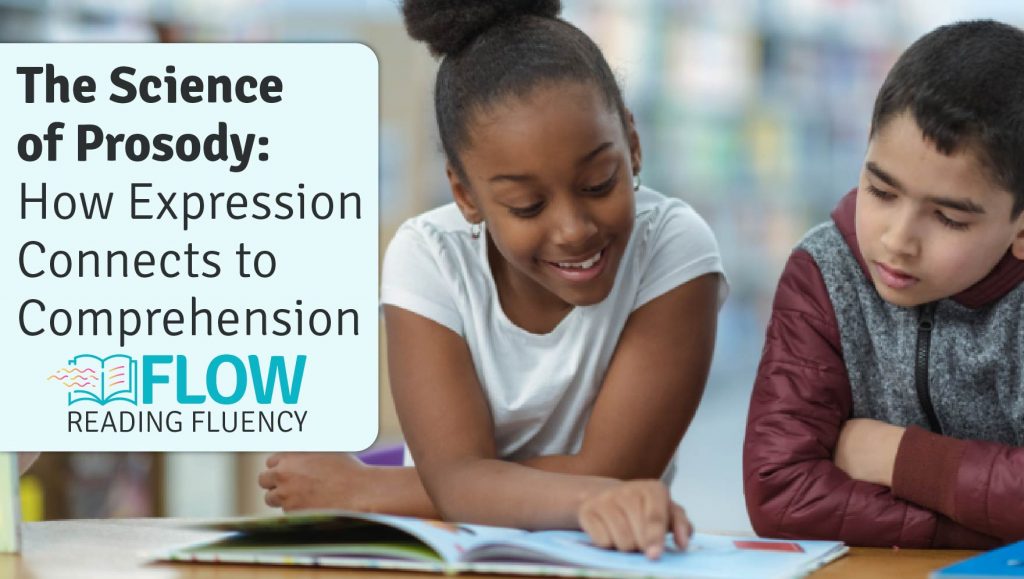
Longitudinal Studies: Prosody Development in Early Readers
When young children begin reading aloud, their voices often sound flat and robotic. Over time, however, many develop phrasing, rhythm, and expression that make their reading sound natural. This growth is known as prosody development, and researchers have studied it closely through longitudinal studies that track the same children’s progress over several years.
What Prosody Tells Us
Prosody—the ability to read with appropriate expression, phrasing, and intonation—is one of the four essential pillars of fluency. It is not merely a performance skill; it reflects comprehension. Students who understand text can adjust their tone and phrasing to match meaning. Longitudinal studies show that as prosody improves, comprehension tends to improve as well 1.
Tracking Growth Over Time
One important finding from longitudinal research is that prosody develops gradually and predictably:
- Early readers often read word by word, with little attention to phrasing.
- Developing readers begin to group words into meaningful units and vary intonation at sentence boundaries.
- More fluent readers use expression to reflect character voices, punctuation, and overall text meaning.
By following students across multiple years, researchers demonstrate that prosody is both a marker and a driver of comprehension growth 2
Key Research Findings
- In a multi-year study of early elementary students, prosody growth was strongly correlated with reading comprehension outcomes. Children who showed greater gains in expressive reading also made stronger gains in understanding 1.
- Prosody appears to be a mediating factor between word reading and comprehension. In other words, once decoding becomes automatic, expression provides evidence that students are successfully integrating meaning with oral reading 3.
- Longitudinal evidence highlights that prosody can be explicitly taught and improved through modeling, repeated reading, and structured oral practice 2.
Implications for Instruction
These findings suggest several takeaways for teachers and parents:
- Monitor prosody alongside rate and accuracy to gain a fuller picture of reading development.
- Provide consistent modeling of expressive reading through teacher read-alouds, audio recordings, and choral reading.
- Use repeated readings to give students opportunities to move from robotic delivery to expressive performance.
- Celebrate growth in expression, not just words per minute, as a sign of deeper comprehension.
Final Thoughts
Longitudinal studies remind us that prosody is more than “reading with feeling.” It is a developmental milestone that reveals whether students are truly making meaning from text. By attending to prosody growth in the early years, educators can ensure that students not only become faster readers but also more thoughtful, engaged ones.
References
- Miller, J., & Schwanenflugel, P. J. (2008). A longitudinal study of the development of reading prosody as a dimension of oral reading fluency in early elementary school children. Reading Research Quarterly, 43(4), 336–354. https://doi.org/10.1598/RRQ.43.4.2 ↩︎
- Schwanenflugel, P. J., Hamilton, A. M., Wisenbaker, J. M., Kuhn, M. R., & Stahl, S. A. (2004). Becoming a fluent reader: Reading skill and prosodic features in the oral reading of young readers. Journal of Educational Psychology, 96(1), 119–129. https://doi.org/10.1037/0022-0663.96.1.119 ↩︎
- Kuhn, M. R., Schwanenflugel, P. J., & Meisinger, E. B. (2010). Aligning theory and assessment of reading fluency: Automaticity, prosody, and definitions of fluency. Reading Research Quarterly, 45(2), 230–251. https://doi.org/10.1598/RRQ.45.2.4 ↩︎

